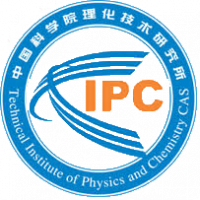High-performance n-Si/α-Fe2O3 core/shell nanowire array photoanode towards photoelectrochemical water splitting
2014
期刊
Nanoscale
下载全文

- 卷 6
- 期 6
- 页码 3182-3189
- Royal Society of Chemistry (RSC)
- ISSN: 2040-3364
- DOI: 10.1039/c3nr05429b
